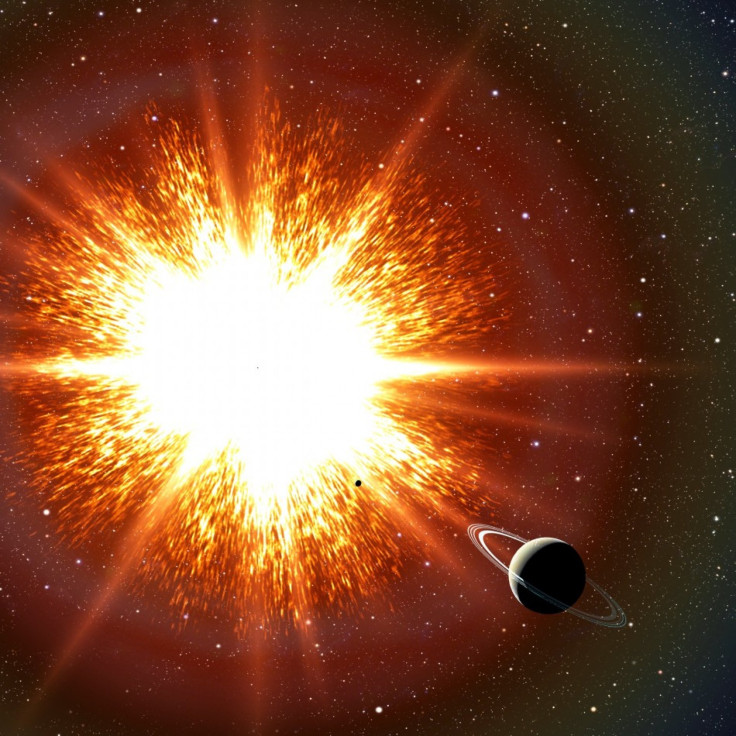Supernova's Light to Reach its Peak Tonight: Experience it With a Pair of Binoculars

An astronomer and a senior scientist at the Lawrence Berkeley National Laboratory, Peter Nugent, last week detected the light of a supernova.
The explosion observed Aug. 23 was that of the closest supernova, or exploded star, in 40 years in the Pinwheel Galaxy near the Big Dipper, located just 21 million light-years from the Earth. It was the closest star explosion of its type observed since 1972, according to astronomers.
The type Ia supernova, which researchers believe they caught within hours of its explosion, was dubbed as PTF11kly.
San Francisco Bay Area residents should be able to see the light for the next two nights with the help of binoculars.
Though the explosion was huge, the light visible is faint, reaching its peak Thursday and Friday nights. To see the light, a clear night sky through a quality pair of binoculars or with amateur telescopes of 3 inches or larger should suffice, Nugent told the San Francisco Chronicle.
Supernovas are not so rare, but most of them take place so far away that their light is not visible on Earth, except through the most powerful telescopes.
Every explosion of a supernova sends out bursts of all the elements that make up every bit of matter in the universe.
All the calcium in our bones, all the iron in our blood, all the chemicals in our bodies, came originally from supernovas that exploded even before the Earth was formed, Nugent said.
This is a special event. Everyone wants a piece of it. said Ken Sembach of the Space Telescope Science Institute in Baltimore, according to a Washington Post report.
What makes this event all the more exciting for astronomers is its type Ia status. All type Ia's burn with almost the same brightness, allowing astronomers to use them to measure cosmic distances, the Washington Post reports.
© Copyright IBTimes 2024. All rights reserved.





















